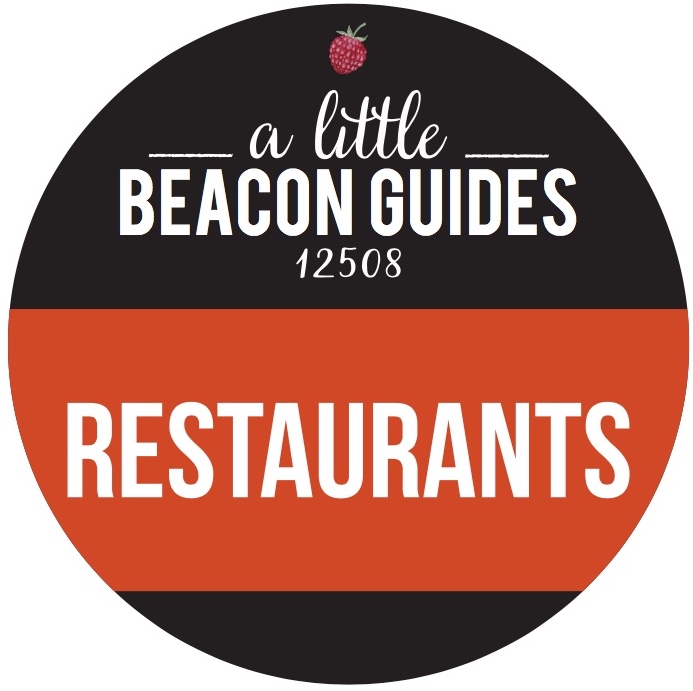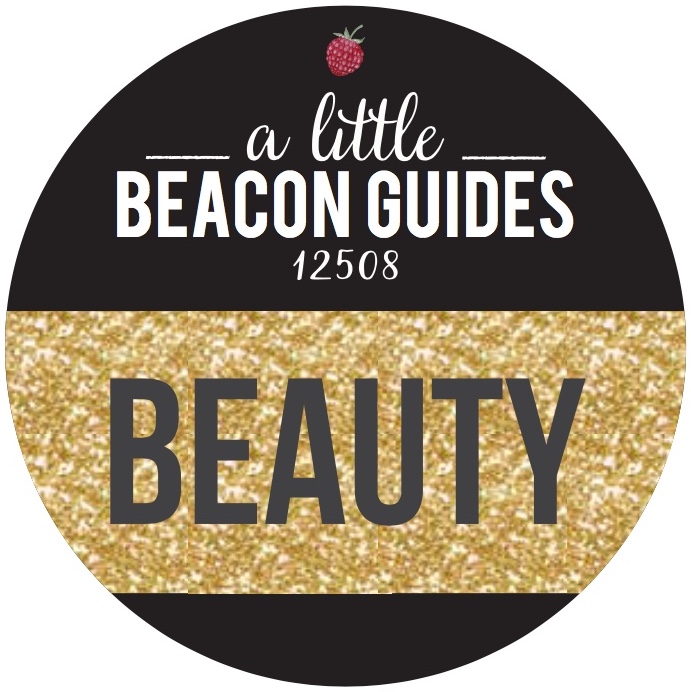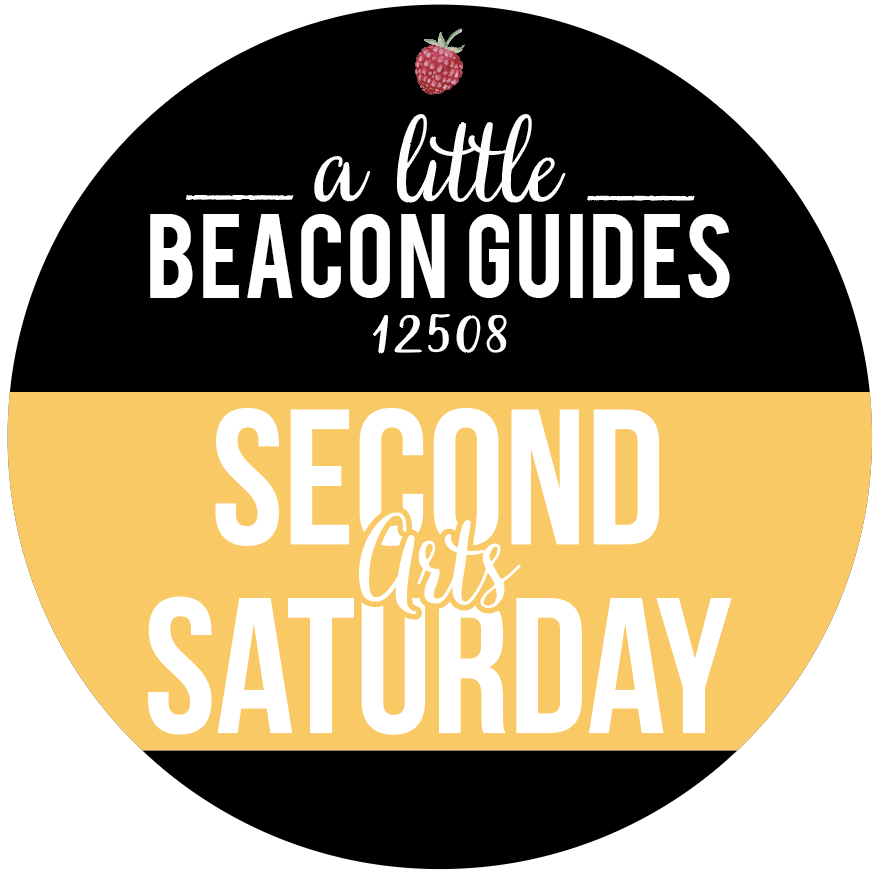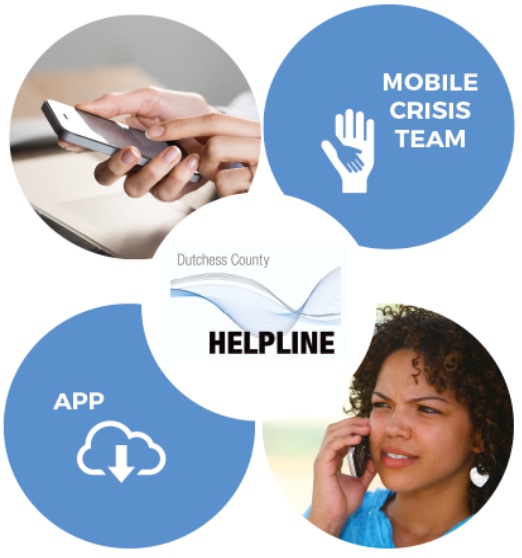Highlands Current Launches Opioid Drug Crisis Special Report for Hudson Valley
/Photo Credit: The Highlands Current
Editor's Note: This article was pushed to the front of our editorial calendar the day that Rep. Tom Marino, R-Pa., withdrew his name from consideration as drug czar for the Trump administration. A report by The Washington Post and "60 Minutes" found that Marino was part of sponsoring legislation passed in 2016 that made it difficult for the Drug Enforcement Association (DEA) to go after drug companies who failed to report suspicious behavior - which included making large orders - of narcotics. According to the report, the DEA had been trying to block this proposed legislation for years, but in 2016 lost. Learn more about that in this NPR article.
You may have heard the chatter - "There's an opioid drug crisis in the Philipstown area." Two things may have happened after that - you might not have known what an opioid was, so the problem wasn't visible or urgent. Then, Philipstown isn't Beacon, so another removal from the situation occurs. When you read stories, however, of high school students who got addicted to opioids at age 14 after taking prescription painkillers for an ACL injury, or a sunburned foot, and then dying in a motel room in Newburgh, or almost dying after a long and frightening struggle with addiction from how the chemicals in the drug hook into the brain, "opioid" takes on a different meaning.
About a decade ago, a campaign was created called "Faces of Meth" that showed people's deteriorated faces - teeth, skin, hair. You can see faces of meth examples here. "Faces of opioids," however, is obituaries. It's an emotional route, versus the physical one. You can see faces of opioid examples here.
A recent New York Times article featured a medical examiner who is quitting his job after analyzing so many opioid-overdosed bodies, where he first sees white foam seep out of the lungs when he cuts them open, but has to analyze the entire body in order to give an official overdose verdict. The medical examiner wants to reach people before they get to his autopsy table - while they are living. He wants to be a minister. His church? Hiking trails. He wants to serve as a chaplain for the Boy Scouts of America, and wants to join the Appalachian Trail Chaplaincy of the United Methodist Church so he can minister on the the hiking trails that cross New Hampshire and its White Mountains.
Opioid Deaths and Help in the Hudson Valley
After publishing more than a few drug overdose obituaries, The Highlands Current, the newspaper based in Cold Spring that covers Phillipstown and Beacon, dedicated a lot of ink (aka space in the newspaper) to the epidemic, called Special Report: Fighting Back the Opioid Crisis. What compelled The Highlands Current to dedicate its staff and printing to such a cause? In the words of Christine Bockelmann, Chair of the Board of The Highlands Current:
“The opioid crisis is one of the most urgent of national issues, but where it is felt most acutely is on the local level — when a neighbor goes into treatment, a family member gets addicted, a teenager dies. The Highlands Current decided it was important to look at how this national crisis is playing out in our communities because that is where those receiving care and those giving care cope on a day-to-day basis. We wanted to understand the treatments supported by our care centers, our law enforcement officials, our courts, and we wanted to know their thoughts as well as those of addicts in recovery and of parents in mourning on the best approaches to "fighting back" in this crisis. In the middle of all the words devoted to this critical issue there may be information to help someone pull through, an idea for a more effective treatment, or just hope that educating more on this crisis will help bring it to an end."
The Four Components of the Special Report
The report is broken down into four easy-to-follow sections.
Part 1: Stories
Max
Max is the son of Teri Barr, owner of Hudson Valley Outfitters on Main Street in Cold Spring. One summer when he was 14, he got a bad sunburn on the tops of his feet while boating. The doctor prescribed an opioid painkiller. When the prescription ran out, they got another prescription. The rest of Max's story is in The Highlands Current's Special Report, and it involves a private boarding school rife with drugs, addiction, withdrawals, relapses, incarcerations, court appearances, a mother's constant battle to protect her son from himself, and what happened next.
Read Max's story
Sasha
Alexander “Sasha” Matero, of Garrison, developed an opioid addiction while he was 14 years old as a student at Haldane High School in 2007. He injured his ACL, a knee ligament, in an accident and had it surgically repaired. He was prescribed opioid painkillers by his doctor during recovery from surgery. According to the article, the pills “flipped the switch,” his mother said. “The painkillers worked. They made the pain go away.” Sasha struggled with addiction to the painkillers for years after that. Despite open communication with his parents about his addiction, and with Sasha actively seeking help, he died in a hotel room in Newburgh on his 25th birthday in 2014.
Read Sasha's story
Part 2: Role of Law Enforcement and the Courts in Battling the Epidemic
Two Highlands Current reporters were assigned to cover the courts and police officers. Michael Turton looked at the work of the Putnam County Drug Court, while Jeff Simms (a Beacon resident) spent time with Beacon and Dutchess County police officers who battle the opioid crisis daily.
From his "A Day in Drug Court" piece, Michael recalls a conversation he heard, as the judge delivered opening remarks.
After the 30 or so defendants file into the courtroom, [Judge James] Reitz asks anyone to stand who knows a woman named Samantha who had appeared in court the previous week.
A few stand. “She was doing well,” Reitz says. “She told me, ‘How can life not be great? I’m clean and sober and working. I’m getting my degree. I’m doing great.’ ” Her most recent court-ordered drug test, three days earlier, had come up negative.
That same afternoon, she was found dead of an overdose.
Click here for the full article: A Day in Drug Court.
Part 3: Treatment Options
The Special Report explores different treatment and education options available, and new facilities that are being built. The Hudson Valley has hundreds of thousands of dollars available for building facilities that prevent death and try to get a person away from an addicted state. The following are explored in the articles:
- Dutchess County Stabilization
- Arms Acres
- CoveCare
- St. Christopher’s Inn
- What Does It Cost?
Part 4: Voices and Shared Thoughts to Fight Problem
The Highlands Current explores "thoughts of specialists, counselors, doctors and those struggling with addiction about what they feel should take priority in addressing the problem."
Click here to read the Special Report, and explore what is going on if you haven't yet.
Real Quick - What Are Opioids?
Before you dive into the Highlands Current's local spotlight on opioids, you'll want to know what they are. In the words of the National Institute on Drug Abuse, here is what they are:
Opioids are a class of drugs that include the illegal drug heroin, synthetic opioids such as fentanyl, and pain relievers available legally by prescription, such as oxycodone (OxyContin®), hydrocodone (Vicodin®), codeine, morphine, and many others. These drugs are chemically related and interact with opioid receptors on nerve cells in the body and brain. Opioid pain relievers are generally safe when taken for a short time and as prescribed by a doctor, but because they produce euphoria in addition to pain relief, they can be misused (taken in a different way or in a larger quantity than prescribed, or taken without a doctor’s prescription). Regular use — even as prescribed by a doctor — can lead to dependence and, when misused, opioid pain relievers can lead to overdose incidents and deaths.
— National Institute on Drug Abuse























































